One of the most exciting things to do in Romania is drive the scenic Transfagarasan highway, which traverses the Fāgāras Massif. The road’s official name is Drumul National 7C (DN7C), but everybody knows it as the Transfagarasan (not to be confused with its sister road and competitor – Transalpina.
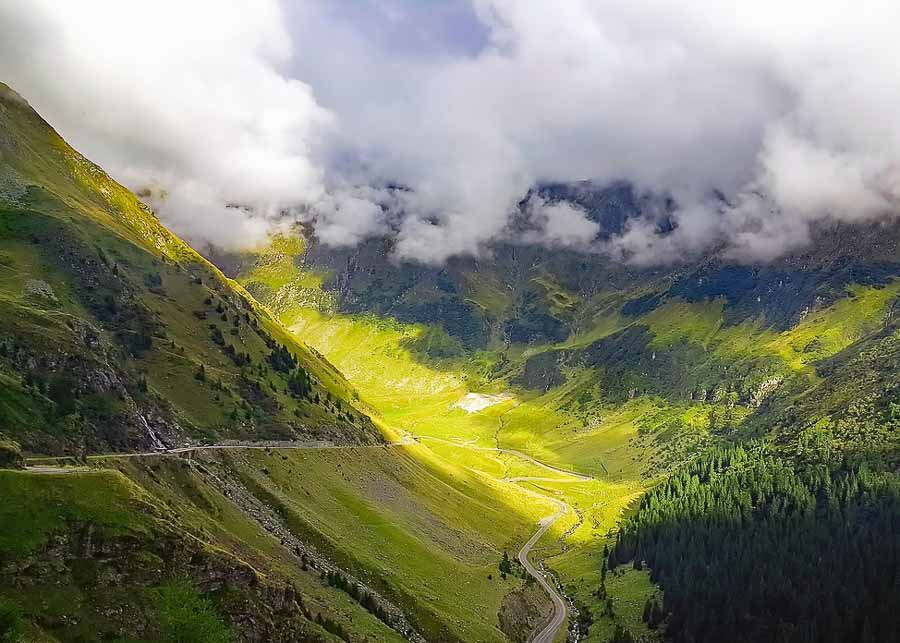
The highway gets its name from the mountains it crosses (trans means across, and făgărășan refers to the mountain it goes through.) The road runs through incredibly beautiful places in Romania, so thousands of people rush to see it every year.
We didn’t manage to drive the Transfagarasan while we lived in Romania, but this summer we finally did it. It was an outstanding experience which I would strongly recommend to anyone visiting Romania.
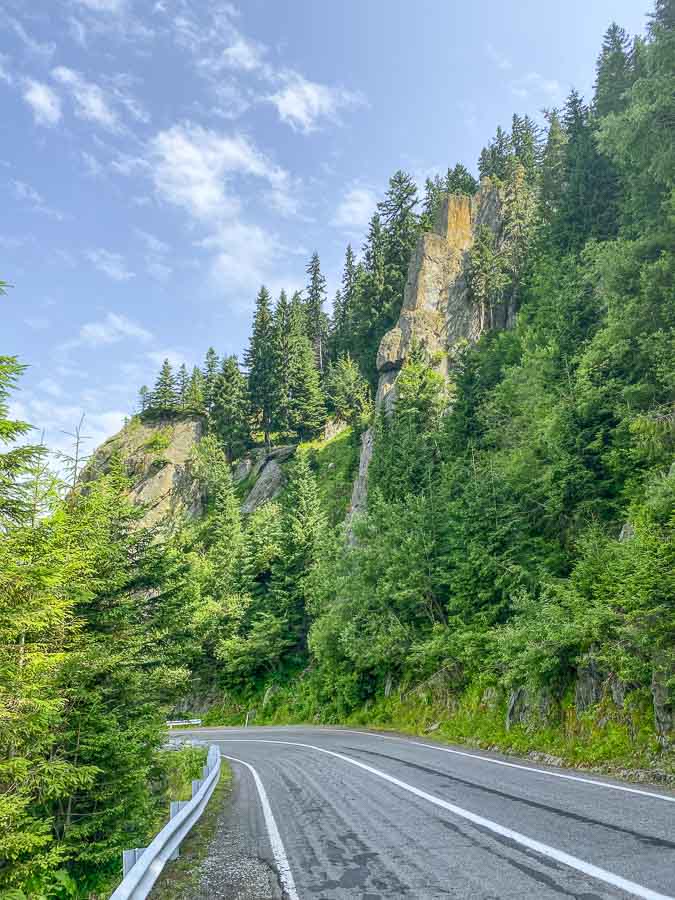
If you have never drove this famous road before, you probably have lots of questions about it. So did we. Therefore in this article I’ll give you all the information you need for planning a perfect road trip on the Transfagarasan. But before I do that, let me tell you a few interesting facts about how this this famous highway came into existence.
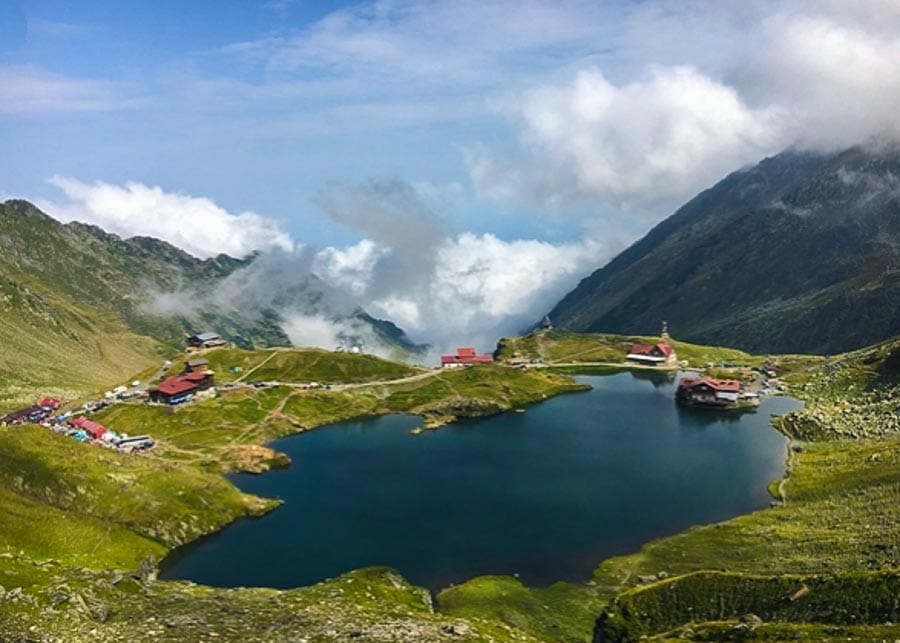
Table of Contents
Interesting Facts About the Transfagarasan
The Transfagarasan highway was constructed in the early 1970s, during the rule of Nicolae Ceausescu, for military purposes. The road connects two of Romania’s historic provinces: Transylvania and Walachia. Ceausescu’s idea was to create a strategic route that would ensure a quick military access across the mountains, in case of a Soviet invasion.
Unfortunately, the Transfagarasan proved to be more “Ceausescu’s folly” than a necessity. First of all, the highway goes across very high mountains and therefore it’s only passable five months a year. Secondly, there were already other routes that connected the two regions, which were also more suited for military purposes. But the megalomaniac Ceausescu built it anyway, sacrificing human lives and spending a tremendous amount of money.
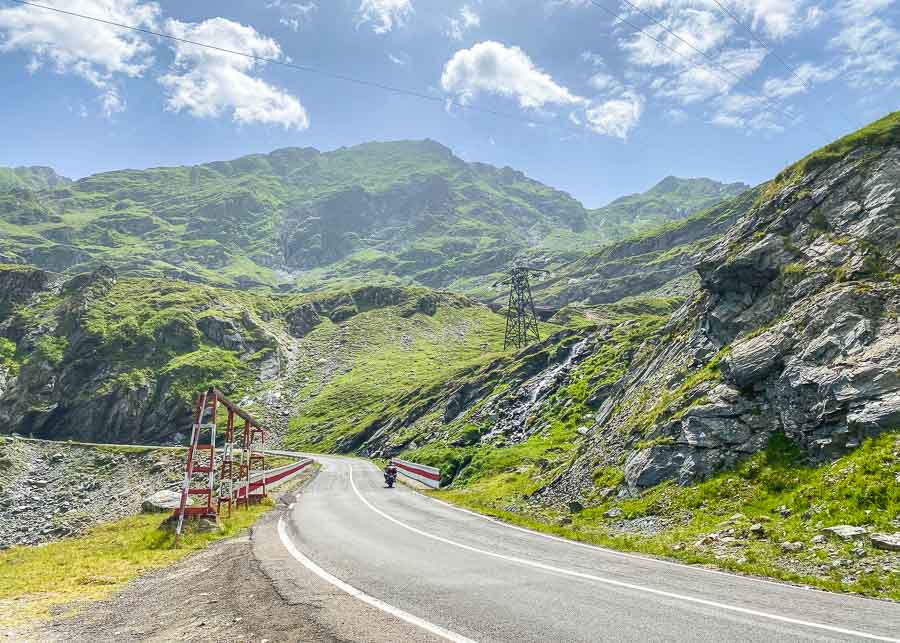
The official figures estimated that only 38 workers died throughout the road’s construction. But witnesses of the time stated that hundreds of boys perished – soldiers that were untrained in the use of explosives.
The construction began in 1969 with two teams, each starting from one side of the mountain. They met in August, 1971, in a place that is commemorated by a monument. The inauguration took place in September, 1974.
But if from a strategic point of view the highway was not a necessity, the Transfagarasan still remains one of the most beautiful roads in the world worth driving at least once in a lifetime!
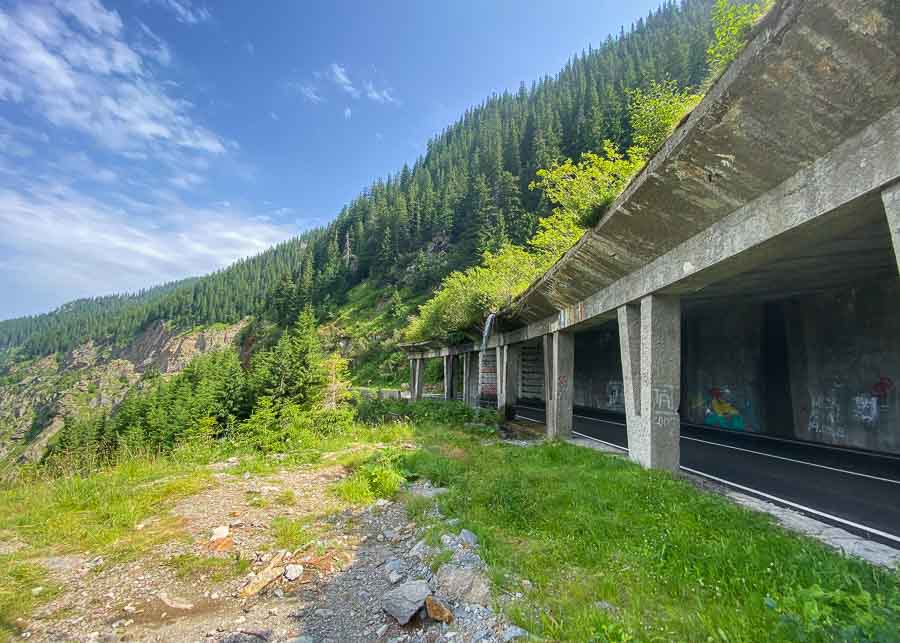
One other interesting fact is that on this road you’ll find the longest mountain tunnel in Romania. measuring 887 meters in length and and 4.4 meters in hight. The Capra-Bâlea tunnel was dug into the rock with 20 tons of dynamite.
The Transfagrasan road crosses 830 bridges, 27 viaducts and 5 tunnels. For its construction several million tons of rock had to be deployed and 6520 tons of dynamite were used.
Which is the Best Direction to Start Your Drive
The Transfagarasan highway runs north-south and is 151 km (94 miles) long. By virtue of its location, the highway is regarded as one of the most beautiful mountain roads in the world, so no matter which direction you drive it you’ll to have a blast.
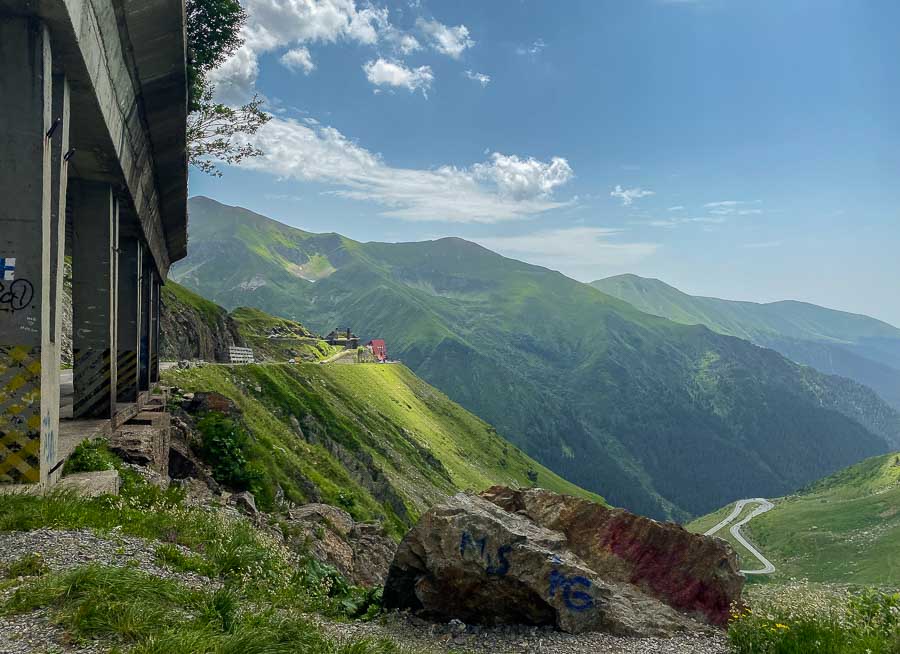
However, since the southern section of the road is fairly unremarkable, we decided to start our drive from the north, which is more spectacular. The other consideration was that the Southside gets more sun in the afternoon, whereas the Northside is in the shade after 1 pm, which is not good for photography.
Coming from the north, the road begins near the village of Cârțișoara, crosses the southern section of the Carpathian Mountains, and it officially ends near the town of Curtea de Arges.
Most people visit the Transfagarasan coming from Bucharest, so they start their drive from the south. Alternatively, those who visit the Transfagarasan from Brasov, or from Sibiu, start their drive from the north, like we did.
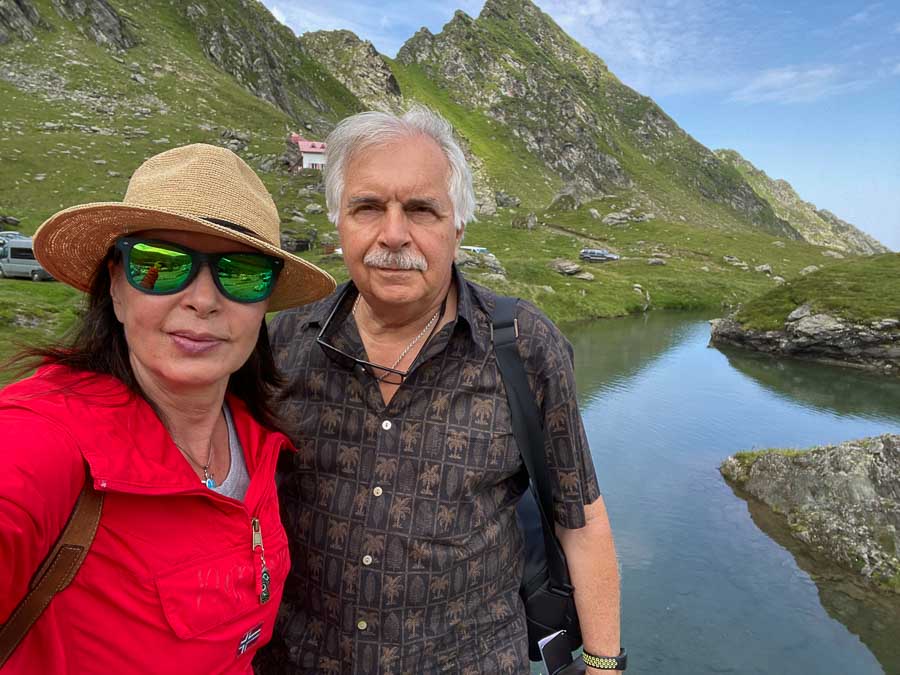
Driving Along the Transfagarasan Highway
Starting from the north, the climb into the mountain ascends gradually, passing through leafy forests and pine covered slopes. There’s not much view of the highway itself until you climb up above the tree line.
Then the road turns one last corner before opening up into a stunning view of the valley below. As far as you can see, hairpin curves guarded by red and white rails seem to hang out on the cliffs’ edge.
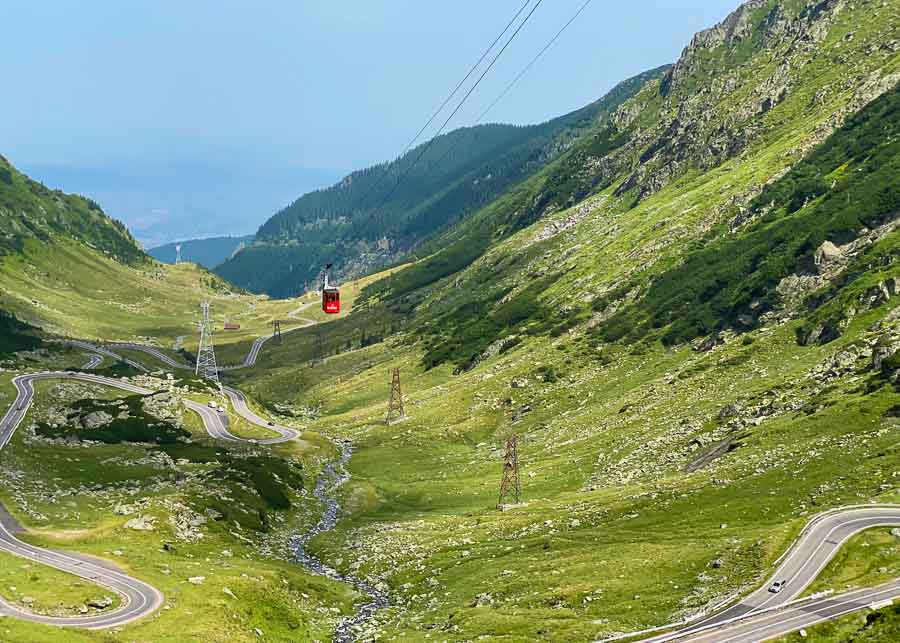
One of the most difficult sections of Transfagarasan is between Bâlea Waterfall and Bâlea Lake, where the highway reaches its highest elevation (2042 meters). At the very top, the road lunges straight through the mountain face to come out on the other side. Bâlea Lake is a great place to stop for a break or to do some sightseeing.
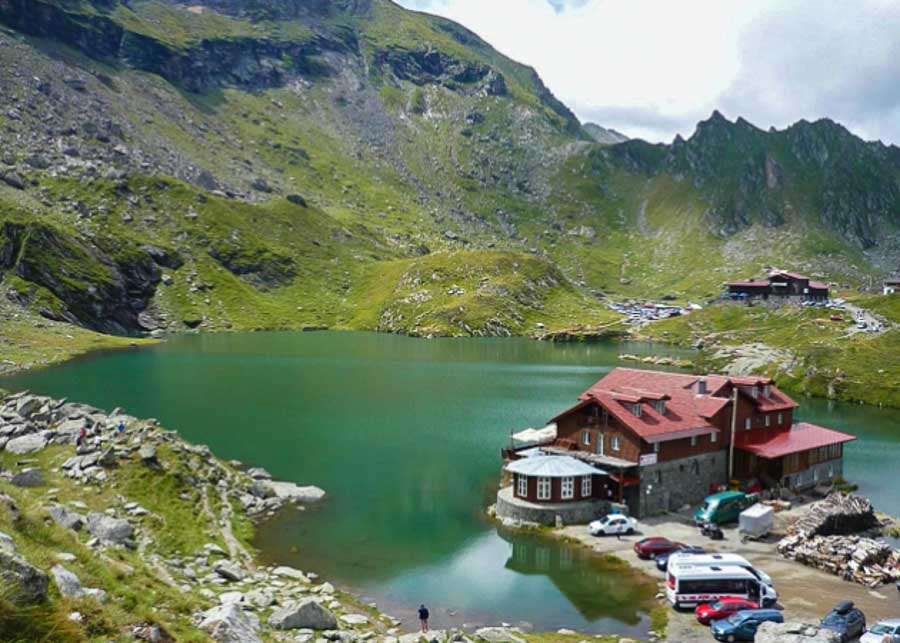
At Bâlea Lake is the starting point for some beautiful hiking trails, one of which leads towards the highest peak in Romania. However, this is a full-day hike which we weren’t able to do this time. Also, on the Northside of the mountain there is a cable car connecting Bâlea Lake Chalet to Bâlea Waterfall.
Along the road you’ll come across many food stands selling mouth-watering cheeses, salami and other tasty Romanian foods and delicacies. They are also selling Kurtos kalacs, which is actually a typical Hungarian dessert very popular in Transylvania.
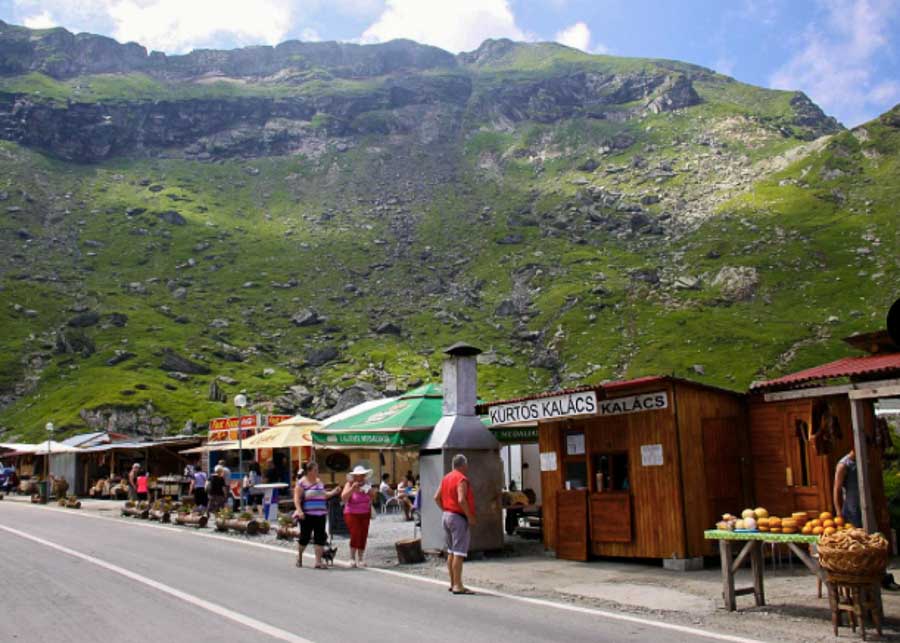
As you start driving down the highway twists and turns like a million times before you reach the bottom. The drop is swift as the road angles downward severely. There are several hairpin turns and dramatic bluffs that will take your breath away, so be prepared! But the panorama is out-of-this-world beautiful! A picturesque mix of rock and green vegetation, narrow gorges, lakes and rivers.
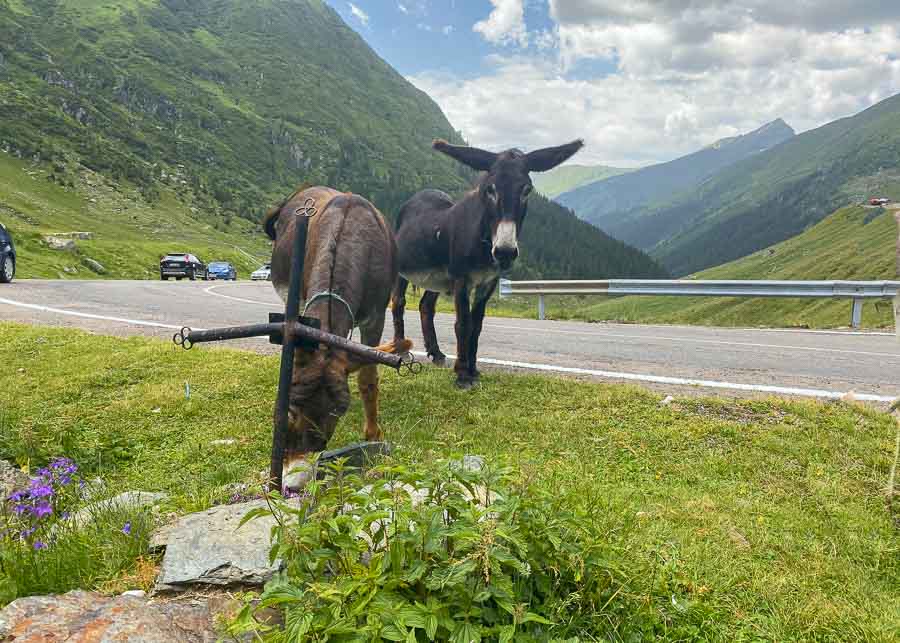
As you drop altitude, the turns are tighter and tighter. Then the landscape flattens out again and the road becomes straighter and more predictable. Before reaching the bottom you’ll be driving along the shores of Lake Vidraru, an artificial lake created by the construction of the Vidraru Dam.
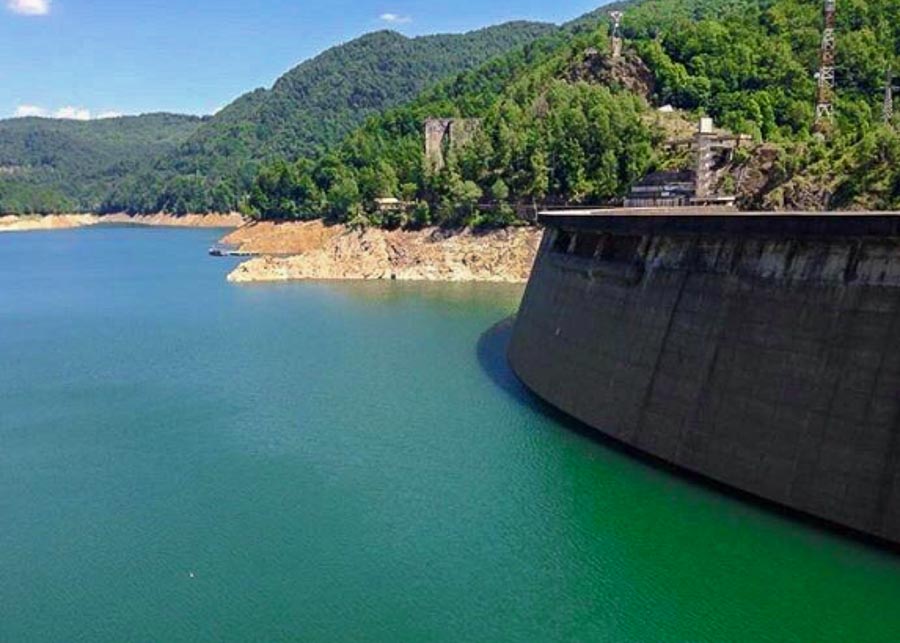
One of the attractions not to miss at the southern end of the Transfagarasan is the medieval fortress of Poienari. Unfortunately, the fortress is now in ruins. Poenari – and not Bran Castle – was the real residence of Vlad III the Impaler, the Wallachian prince who inspired Bram Stoker’s Dracula character. If you are a Dracula/vampire aficionado, it’s worth climbing the 1480 steps leading to the castle.
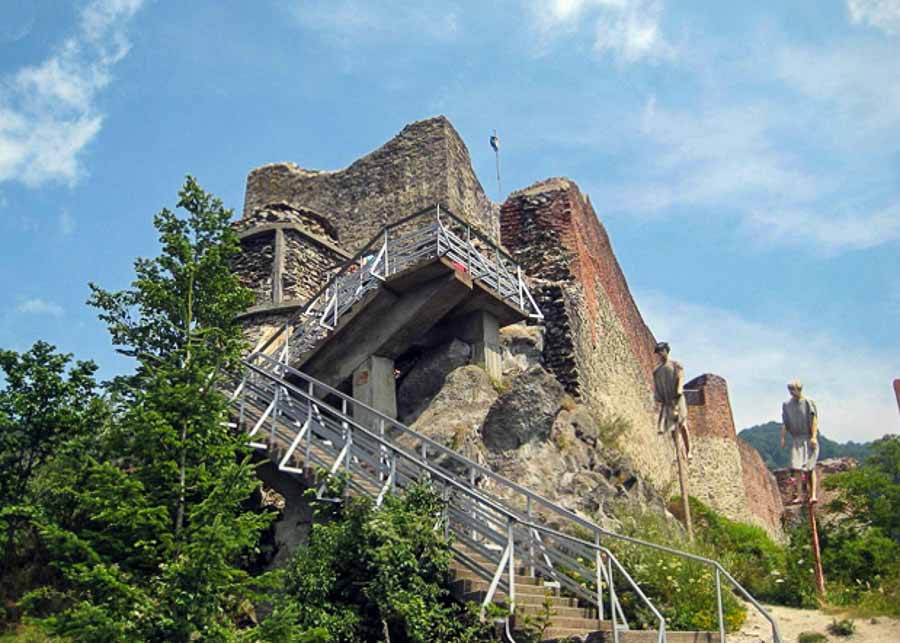
Best Time to Visit the Transfagarasan
Transfagarasan Highway closes during the winter and opens in summer for 5 or 6 months a year, depending on the weather conditions. Sometimes it may open as early as the end of May and will stay open till the beginning of November.
Other times, if the winter is long, it may not open till late June. Or if a bad snow storm hits it may close even in summer. Therefore you should always check the latest news and the weather report before planning a road trip here.
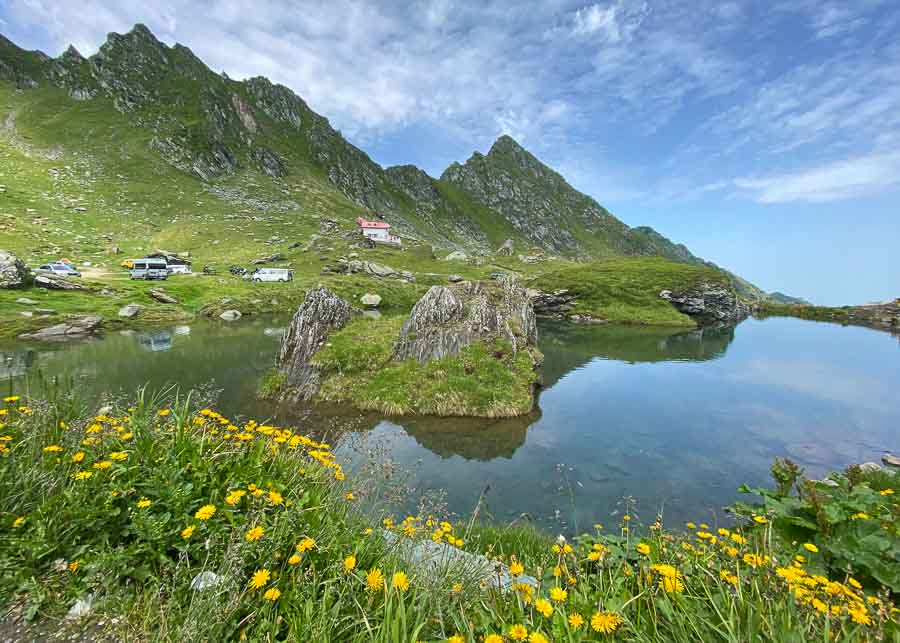
The best time of year to drive the Transfagarasan is in July and August when the weather is pleasing. Except for the highest point at Bâlea Lake where the weather can be very unpredictable, the rest of the route has more stable weather. In summer the temperature may drop as low 10ºC at the highest point (Bâlea Lake), so always bring a jacket with you no matter how hot it is down at the bottom.
Tips for Driving the Transfagarasan Road
If you never drove on mountain roads before, you may have a difficult time driving the Transfagarasan highway. As they say: it’s gorgeous but dangerous! Even if you are an experienced driver, you should take this highway seriously and keep in mind that many fatal accidents happen here every year.
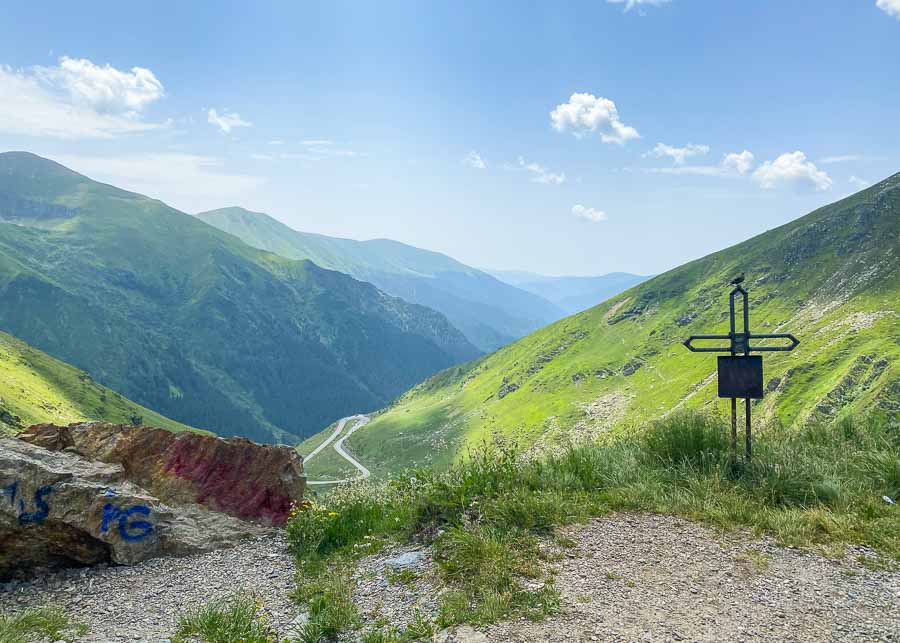
The Transfagarasan is particularly dangerous because of the many sharp curves, tunnels and steep drops. Many of the hairpin turns have no protective barrier or reflective signs. In some parts or the road there is a risk of landslides and rock falling. Due to the many dangers on this road, the driving hours are restricted between 6 am and 10 pm and the recommended speed is only 40 km/hour.
In our experience, we have driven worse roads in other parts of the world. However, what makes the Transfagarasan more dangerous than other roads are not the road conditions, but the irresponsible and impatient drivers.
When planning your trip along the Transfagarasan highway allow yourself plenty of time for the crossing. You can’t calculate your time by looking at the distances on the map because the drive is difficult. Besides, there there are many viewpoints and famous stops along the way, so plan to spend an entire day on this drive.
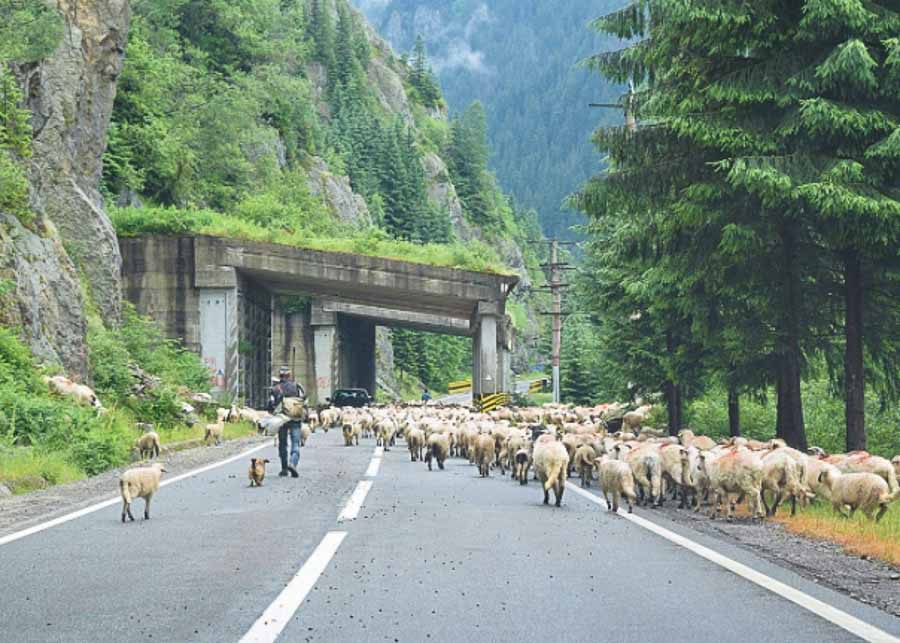
Also, keep in mind that you’ll be sharing this road not just with other vehicles, but with shepherds and large flocks as well! And once they enter the road, you’ll have to wait until they cross over to reach some grazing land. Sometimes you may even come across a bear on this road, so drive with care and don’t get out of the car.
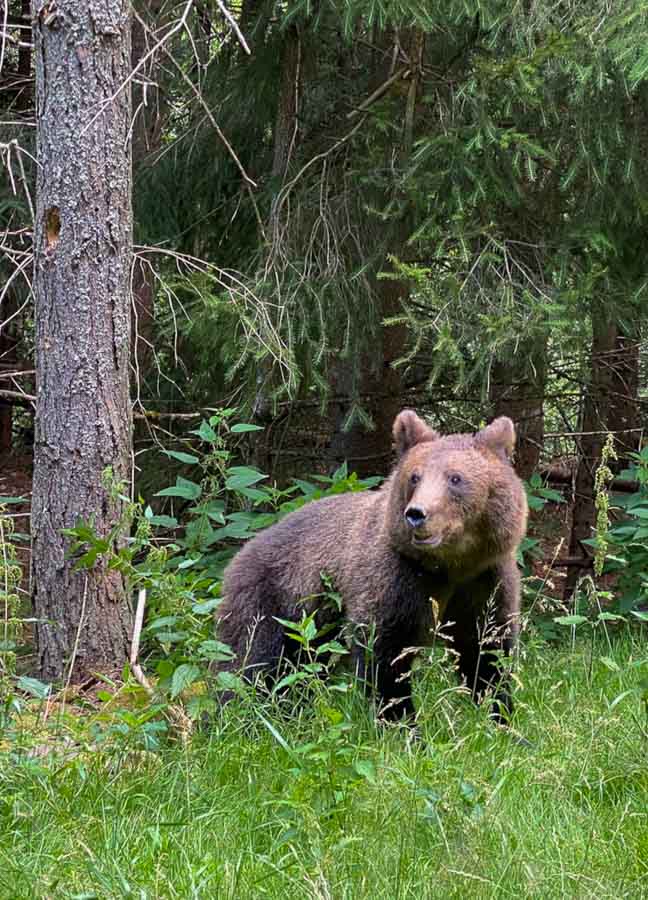
Transfagarasan vs. Transalpina – Which One to Choose?
If you want to do a road-trip in Romania, there are two roads you shouldn’t miss – Transalpina and Transfagarasan. Both are stunningly beautiful and both pass through the Carpathian Mountains. If you like spectacular drives, there are few better places in the world than these.
How are the two roads different? In short, the Transfagarasan passes through Romania’s highest mountain peaks, while Transalpina is the highest road in Romania (2145 meters) build on the mountain ridge.
Also, Transalpina (DN 67C) is a much older road than the Transfagarasan. The road officially opened in 1938 under King Carol II, which is why Romanians call it the King’s Road (Drumul Regelui). Over the years, Transalpina was rebuild a few times and in 2009 it was transformed into a modern highway, completely paved.
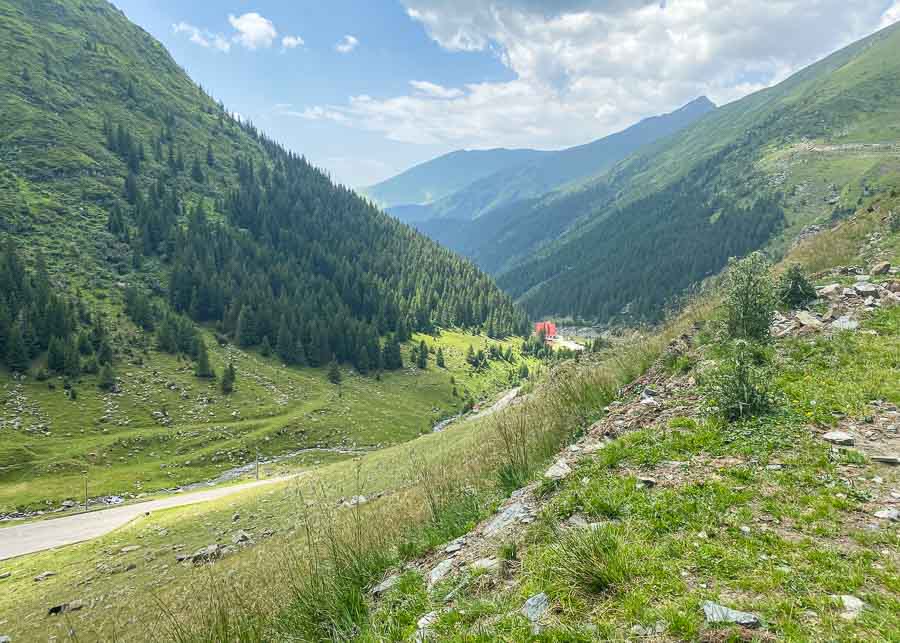
Is one more beautiful than the other? Opinions are very divided and equally subjective. The two roads have many similarities. They are both very picturesque and difficult to drive. Also, they both cut through the Southern Carpatians from north to south (but through different mountain ranges.)
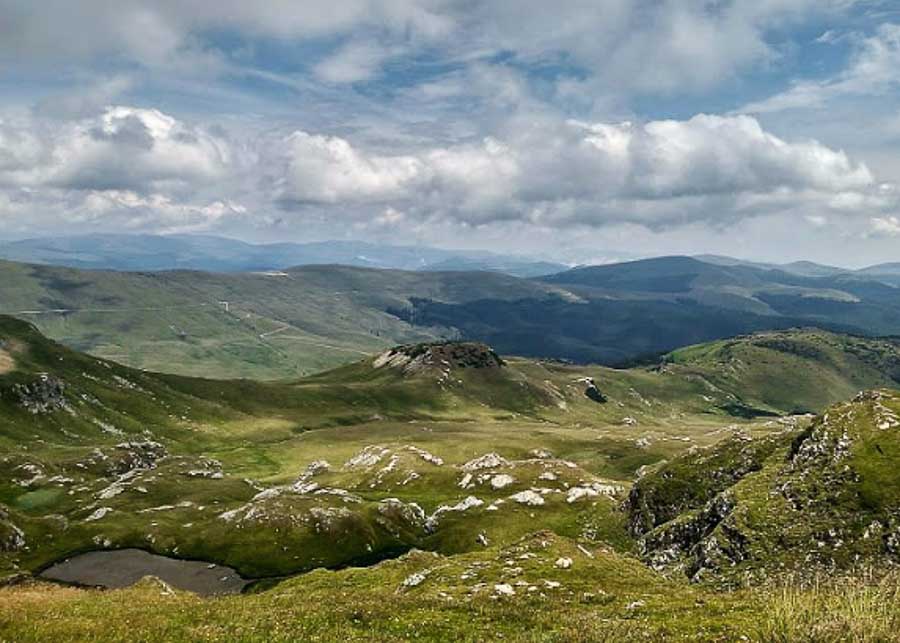
In terms of scenery, the Transfagarasan is greener and enjoys a more varied landscape. It has forests, lakes, waterfalls, bridges, tunnels, and even a fortress. Transalpina on the other hand, has an unaltered and pure beauty, but because of its high altitude it has a more arid landscape.
In terms of popularity, since the Top Gear team drove on the Transfagarasan road in 2009 and declared it “the best road in the world” everybody wants to see it. But Transalpina is just as beautiful, but way less advertised and thus less crowded.
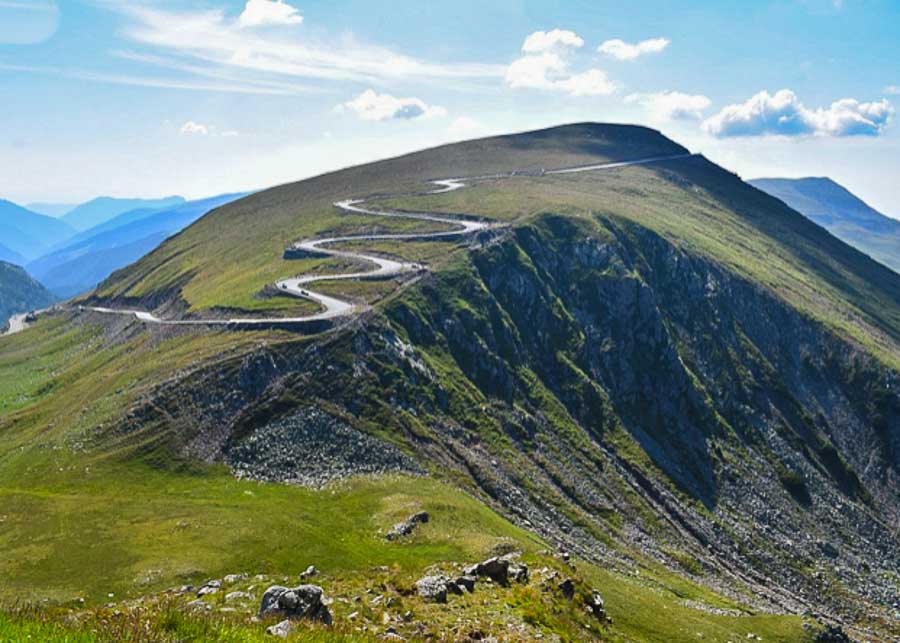
So which one to choose? If you have time you should see both roads. Each one is beautiful in its own way and totally worth experiencing.
READ NEXT: 14 Surprisingly Interesting Things to do in Bucovina, Romania
A Final Thought
What do you think about the Transfagarasan Highway? Would you enjoy driving it? I hope that what you’ve read so far has picked your interest enough to make you want to come and explore Romania’s fantastic scenery. And you should do it while Romania is still one of the cheapest countries to visit in Europe. But this is changing, as Romania’s popularity is growing fast!
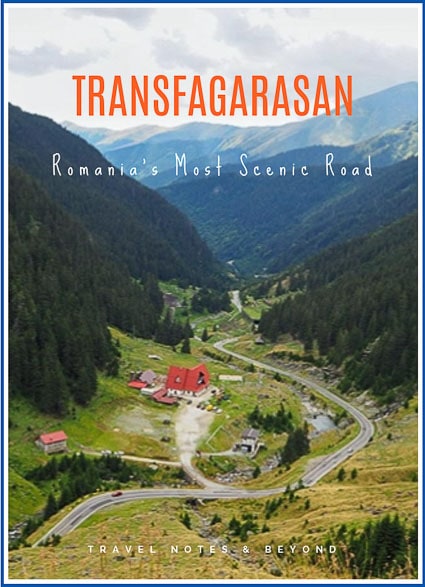

 15 Popular Things to Do In (and Around) Brasov, Romania
15 Popular Things to Do In (and Around) Brasov, Romania

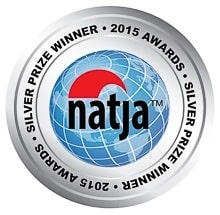

Clarice
That view from the top of the mountain looks really fascinating. Thank you for sharing your trip along Transfagarasan highway. Definitely enjoyed the video as if I was there too.
Trisha Velarmino
Wow, those views are fantastic. It clearly shows Nature’s gift to us human beings! It’s an adventure we owe ourselves. Indeed, the travel through the Transfagarasan Highway is epic. What a road trip!
Raksha
I went on a bus tour that took me on the Transfagarasan highway. I did not know the history behind the highway and the way it was built. It is surely a very pretty side of Romania. And I loved the sceneries and landscapes there. I really want to go back to Romania and see more of the country.
Anda
A bus tour is OK, but driving on your own is much better because you can stop wherever you want and drive at your own pace. Hopefully you’ll be able to return someday, Raksha.
Subhashish Roy
We love road trips and this one on Transfagarasan highway looks so exciting and scenic. Romania still remains in our must visit destination in Europe having visited most countries. One of our favorite drives has been Vienna-Salzburg & Vienna-Prague which we loved. This one looks again so lovely that we would wish to experience sometime.
Renée
Now this would be a road trip I would love to do. This is so incredibly scenic. One of our favourite drives has been through the Alps in Germany and Austria, but this looks like it might rival that! It’s upsetting to hear 38 people died in its construction. It is quite the feat to build through mountain pass.
Sherianne
I did not have enough time to drive the Transfagarasan when I was in Romania. Knowing it is considered a dangerous highway, I was surprised to read it was built for military purposes. Well, only a little surprised considering who built it. Great advice to start the drive from the north to ensure good photos. Definitely will drive this during my next visit and I hope to see a flock of sheep.
Anda
Maybe next time you go to Romania you’ll be able to drive the Transfagarasan, Sherianne. It’s a truly beautiful road, well worth the effort.
Tami
Wow this really is a stunning highway! I can see why everyone flocks to see it. Do you drive it all in one day? Or is it the kind of route that should be divided into more than one day to see all the views?
Anda
The Transfagarasan is not very long, so you can easily drive it in a day even if you stop in many places along the way.
Amrita
Only yesterday I was telling my husband that I want to visit Romania! I have heard that it is a beautiful country. I see this today and it is confirmed. The Transfagarasan Highway look absolutely stunning. It would be a great experience to drive on this road. The history behind the construction of the road is a bit sad though!
Anda
Hope you’ll get to visit Romania someday, Amrita.
Linda (LD Holland)
We would definitely want to drive the Transfagarasan Highway through the stunning mountain scenery. I just love to drive on hairpin roads. And stop for local food stalls too. So great that you got to drive it since it is closed for five months of the year. It would definitely take us a long time to drive with so many beautiful stops.
Anda
You can actually do it in a day, even if you stop very often.